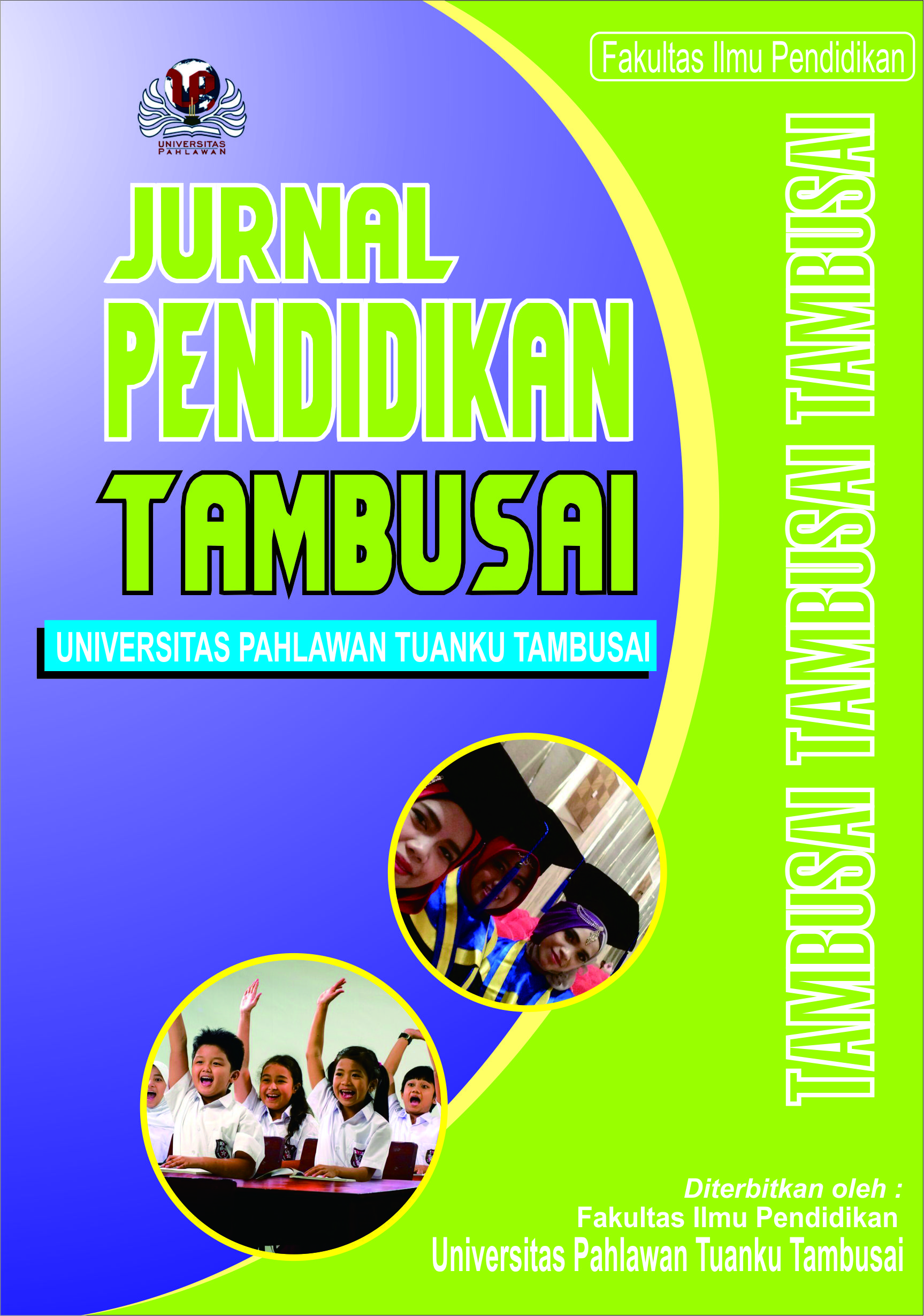Peranan Kepolisian dalam Upaya Menanggulangi Berita Bohong (Hoax)
DOI:
https://doi.org/10.31004/jptam.v8i1.14679Keywords:
Peranan Kepolisian, Menanggulangi, Berita BohongAbstract
References
Anjani, Margaretha, R., & Santoso, B. (2018). Urgensi Rekonstruksi Hukum E-Commerce di indonesia. Law Reform, 14(1), 89-103.
Aryandani, R. (2024). Pasal untuk menjerat Penyebar Hoax. Retrieved from hukumonline.com: https://www.hukumonline.com/klinik/a/pasal-untuk-menjerat-penyebar-ihoax-i-lt5b6bc8f2d737f/
Astrini, Rosa, m., & Santoso, B. (2018). 2018. Law Reform, 14(1), 89-103.
Chumairoh, H. (2020). Ancaman Bentuk Bohong di Tengah Pandemi Covid 19. VOX POPULI, 3(1), 25.
Dictionaries, O. L. (2024). Retrieved from www.oxfordlearnersdictionaries.com/definition/english/hoax_1
Elia, Marissa, Maroni, & Monica, R. (2018). Peran Kepolisian dalam Penanggulangan Tindak Pidana Penyebaran berita Bohong (Hoax). Poenale: Jurnal Bagian Hukum Pidana, 6(1), 1.
Evanirosa, e. a. (2022). Metode Penelitian Kepustakaan (Library Research). Bandung: CV. Media Sains Indonesia.
Haikal, M. M. (2023). Pengertian Literasi Digital, Manfaat, dan Contohnya. Retrieved from mekarisign: https://mekarisign.com/id/blog/literasi-digital-adalah/
Hartono, B. (2014). Hacker dalam Perspektif Hukum Indonesia,. Masalah-masalah Hukum, 43(1), 23-30.
Juliswara, V. (2017). Mengembangkan Model Literasi Media Yang Berkelanjutan dalam Menganalisis Informasi Berita palsu (Hoax) di Media Sosial. Jurnal Sosiologi, 4(2), 142-164.
Kietzmann, J. H. (2011). Social Media? Get serious! Understanding the functional building blocks od social media. Business Horizons, 5(4), 241-251.
Qur'ani, H. (2018). Pasal berlapis Bagi Penyebar Berita Hoax. Retrieved from hukumonline.com: https://www.hukumonline.com/berita/a/pasal-berlapis-bagi-penyebar-berita-hoax-lt5b051b504cf5b
Rahardjo, S. (2016). Undang-Undang Nomor 19 Tahun 2016 tentang Informasi, Transaksi Elektronik .
Sari, N. A. (2019). Dampak Hoax di Media Sosial Facebook Terhadap Pemilih Pemula. Jurnal Komunikasi Global, 8(1), 51-61.
Suherdi, D., Rezky, S. F., Apdilah, D., Sinuraya, J., Sahputra, A., Syahputra, D., et al. (2021). Peran Literasi digital di Masa Pandemi. Jakarta: Cattleya Darmaya Fortuna.
Sukadana, Made, I., Amiruddin, & Lalu, P. (2018). Alat Bukti Keterangan Saksi Mahkota Dalam Perkara Pecurian. Law Reform, 14(2), 262-274.
Sulistiyawani, & Y, A. (2019). Urgensi Harmonisasi Hukum Nasional Terhadap Perkembangan Hukum Global Akibat Globalisasi. Jurnal Hukum Progresif, 7(2), 171-181.
Tanjung, A., Rachman, R. A., Prabawa, M., & Ananda, M. (2019). Upaya POLRI dalam Menanggulangi Berita Hoax di Masyarakat. Seminar Nasional Sains Teknologi dan Inovasi Indonesia (SENASTINDO AAU), 1(1), 315-322.
Undang-Undang. (2002). Pasal 5 ayat (1) Undang-Undang Nomor 2 Tahun 2002 tentang Kepolisian Negara Republik Indonesia.
UU. (2019). Undang-Undang Nomor 19 tahun 2019 Perubahan Kedua atas Undang-Undang Nomor 30 tahun 2002 tentang komisi Pemberantasan Tindak Pidana Korupsi. Jakarta.
Widodo, W., Budoyo, S., Galang, T., & Soeprijanto, T. (2019). HOAX DI INDONESIA : SUATU KAJIAN. Jurnal Meta-Yuridis, 2(1), 69-78.
Downloads
Published
How to Cite
Issue
Section
Citation Check
License
Copyright (c) 2024 Samaluddin

This work is licensed under a Creative Commons Attribution-ShareAlike 4.0 International License.
Authors who publish with this journal agree to the following terms:
- Authors retain copyright and grant the journal right of first publication with the work simultaneously licensed under a Creative Commons Attribution License that allows others to share the work with an acknowledgement of the work’s authorship and initial publication in this journal.
- Authors are able to enter into separate, additional contractual arrangements for the non-exclusive distribution of the journal’s published version of the work (e.g., post it to an institutional repository or publish it in a book), with an acknowledgement of its initial publication in this journal.
- Authors are permitted and encouraged to post their work online (e.g., in institutional repositories or on their website) prior to and during the submission process, as it can lead to productive exchanges, as well as earlier and greater citation of published work (See The Effect of Open Access).



